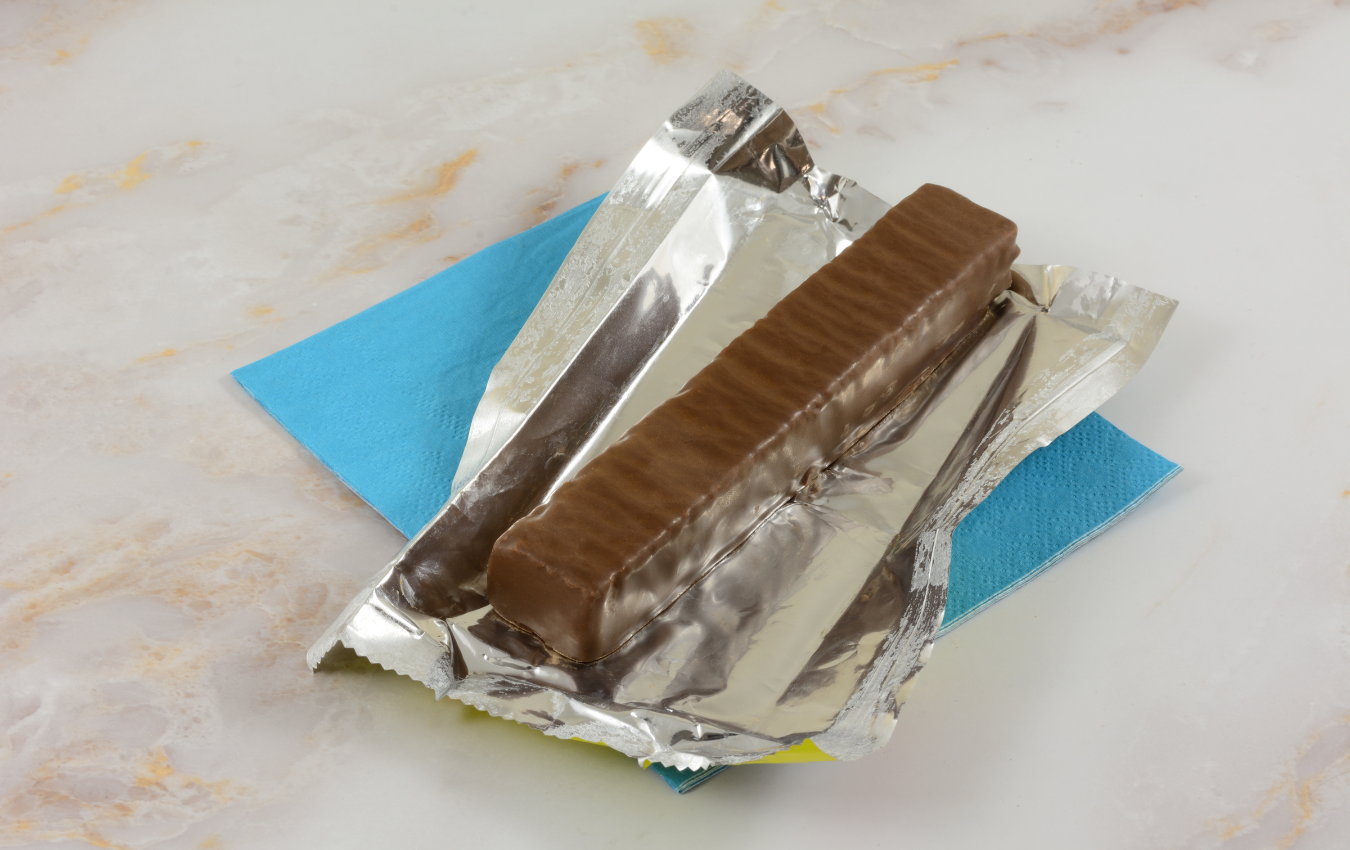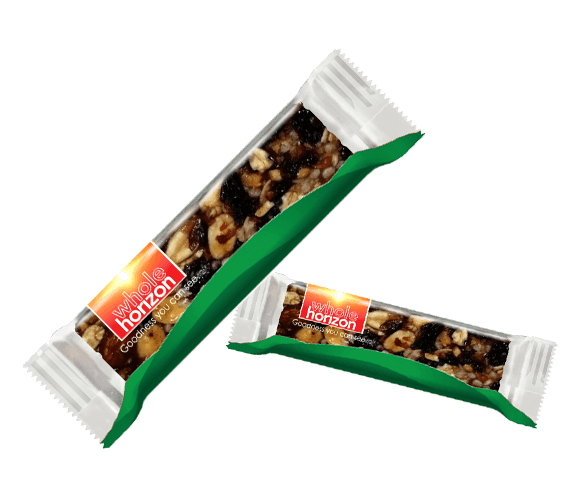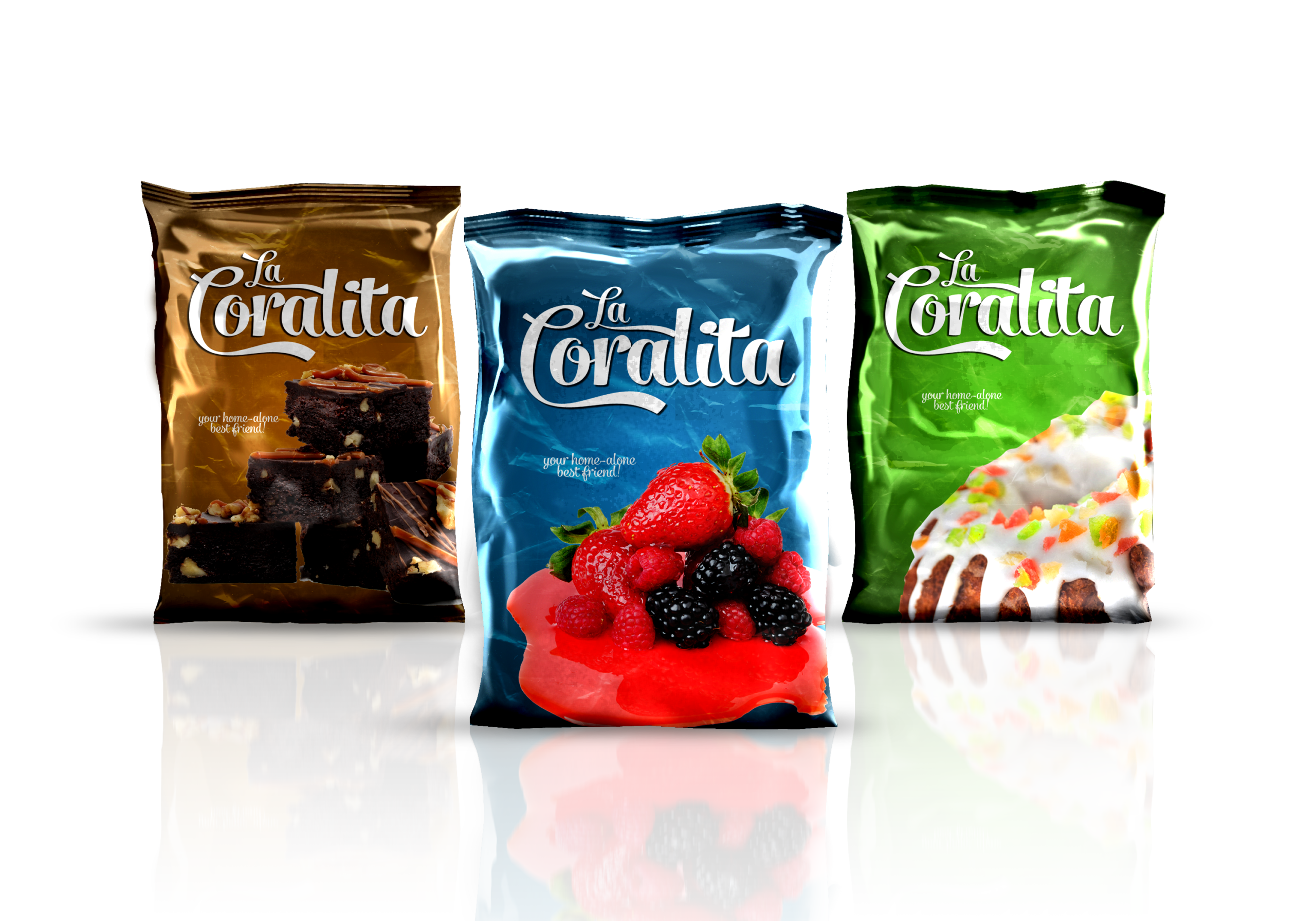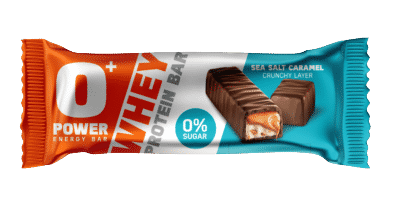Home » A Buyer’s Guide to Roll Stock
A Buyer’s Guide to Roll Stock

In the world of packaging, roll stock, also referred to as candy wrappers or snack wrappers, is a versatile and essential component. It refers to a continuous sheet of flexible material wound into a roll, used in various packaging applications. Roll stock materials come in a wide range of options, each designed to meet specific packaging requirements. Whether you are a seasoned packaging professional or a newcomer to the field, this buyer’s guide to roll stock will help you navigate the complexities of selecting the right material for your packaging needs.
Understand Your Packaging Requirements
Before diving into the specifics of roll stock materials, it’s crucial to understand your packaging requirements. Ask yourself the following questions:
- What type of product are you packaging?
- What are the dimensions and weight of your product?
- Is your product sensitive to environmental factors like moisture, oxygen, or light?
- What is the expected shelf life of your product?
- Do you require printing or branding on the packaging material?
- What is your budget for packaging materials?
By answering these questions, you’ll gain a clearer picture of your packaging needs and be better equipped to choose the right roll stock material.

Types of Roll Stock Materials
Roll stock materials come in various types, each offering unique characteristics and benefits. Here are some common roll stock materials:
Flexible Films:
- Polyethylene (PE)
- Polypropylene (PP)
- Polyvinyl chloride (PVC)
- Polyester (PET)
- Nylon (PA)
Flexible films are suitable for a wide range of products, from food to electronics. They offer excellent barrier properties and are customizable for printing.
Foil Laminates:
- Aluminum foil laminated with various substrates
Foil laminates provide exceptional barrier properties against moisture, light, and oxygen. They are often used for perishable food items and pharmaceuticals.
Paper-Based Roll Stock:
- Kraft paper
- Coated paper
Paper-based roll stock is eco-friendly and ideal for products where a natural or rustic appearance is desired.
Specialty Films:
- Metallized films
- Biodegradable films
- Retort pouch films
Specialty films cater to unique packaging needs, such as high gloss, sustainability, and resistance to high-temperature processing.

Barrier Properties
Consider the barrier properties required for your product. For example, if you are packaging perishable goods, you’ll need materials with excellent moisture and oxygen barrier properties. Foil laminates and certain specialty films are often preferred for such applications.
Printing and Branding
If branding and aesthetics are crucial for your product, choose roll stock materials that offer excellent printability. Flexible films and paper-based materials are typically easier to print on, allowing for vibrant graphics and branding.
Environmental Impact
In today’s environmentally conscious world, it’s essential to consider the environmental impact of your packaging materials. Biodegradable films and sustainable materials are excellent choices for eco-friendly packaging.
Budget Constraints
Budget constraints are a significant factor in the decision-making process. While high-performance materials may offer superior properties, they can also be more expensive. Balance your budget with your packaging requirements to find the most cost-effective solution.
Regulatory Compliance
Ensure that your chosen roll stock material complies with relevant industry regulations and standards. This is particularly important for packaging in the food and pharmaceutical industries, where strict guidelines are in place.

Supplier Selection
Choose a reliable and reputable roll stock supplier. Look for a supplier with a proven track record of delivering high-quality materials on time and within budget.
If you are interested in packaging your products with roll stock, then partner with Brown Packaging today to get started.
Rising tariffs and trade restrictions on Chinese manufacturing are accelerating the need for U.S. companies to reevaluate their packaging supply chains. Many packaging buyers who
POP display design must serve two masters — maximizing visual impact in-store while minimizing logistics costs. Engineering the right balance between display footprint, assembly complexity,
Functional features like tear strips, windows, and hang tabs can enhance consumer experience and retail appeal—but they also introduce engineering challenges. Each modification affects structural
Phat Snax is redefining the snack aisle with a mission to make America’s snacks better for you — without killing the flavor. Their products, like
When choosing corrugated packaging, box style directly impacts cost, strength, speed of packing, and customer experience. Two of the most common options are the Regular
The holiday season pushes packaging supply chains to their limits. With surging e-commerce demand, constrained carrier capacity, and rising material costs, packaging buyers must navigate
Home » A Buyer’s Guide to Roll Stock

Roll stock flow wrap packaging is a versatile and efficient method used in the food and packaging industry to package a wide variety of products.

When designing flexible packaging for perishables, customers often have initial ideas for graphics but lack clarity on functional aspects critical to product performance. Shelf life

It’s no secret that we’re living in an era characterized by the urgent need for environmental sustainability. With escalating concerns about the waste generated by


